The reason pines die suddenly for no reason?
whaas_5a
4 years ago
Featured Answer
Sort by:Oldest
Comments (24)
Related Professionals
Tempe Landscape Contractors · Berkeley Heights Landscape Contractors · Edinburg Landscape Contractors · Gaithersburg Landscape Contractors · Pikesville Landscape Contractors · Waipahu Landscape Contractors · Federal Way Landscape Contractors · Lehigh Acres Landscape Contractors · Lynwood Landscape Contractors · Mastic Beach Landscape Contractors · North Haven Landscape Contractors · Clearfield Landscape Contractors · Cedar Falls Decks, Patios & Outdoor Enclosures · Methuen Decks, Patios & Outdoor Enclosures · West Chicago Decks, Patios & Outdoor Enclosureswhaas_5a
4 years agolast modified: 4 years agowhaas_5a
4 years agolast modified: 4 years ago- whaas_5a thanked David Olszyk, President, American Conifer Society
Embothrium
4 years agoEmbothrium
4 years agowhaas_5a
4 years agodavidrt28 (zone 7)
4 years agoSara Malone Zone 9b
4 years agodavidrt28 (zone 7)
4 years agobengz6westmd
4 years agoklemkeely
4 years agobill999
last yearEmbothrium
last yearlast modified: last yearkrnuttle
last yearlast modified: last yearbengz6westmd
last yearEmbothrium
last yearlast modified: last year
Related Stories

ARBOR DAY8 Reasons to Plant a Great Tree
Beauty is its own reward, but the benefits of planting the right tree in the right place go way beyond looks
Full Story
FALL GARDENING7 Reasons Not to Clean Up Your Fall Garden
Before you pluck and rake, consider wildlife, the health of your plants and your own right to relax
Full Story
MOST POPULAR11 Reasons to Paint Your Interior Doors Black
Brush on some ebony paint and turn a dull doorway into a model of drop-dead sophistication
Full Story
REMODELING GUIDES11 Reasons to Love Wall-to-Wall Carpeting Again
Is it time to kick the hard stuff? Your feet, wallet and downstairs neighbors may be nodding
Full Story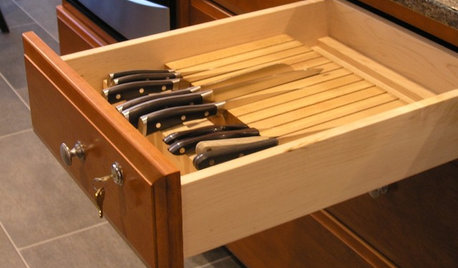
REMODELING GUIDESFrom the Pros: 8 Reasons Kitchen Renovations Go Over Budget
We asked kitchen designers to tell us the most common budget-busters they see
Full Story
ECLECTIC STYLE5 Reasons to Hit That Secondhand Store
New things have their place, but old things have a history and beauty all their own
Full Story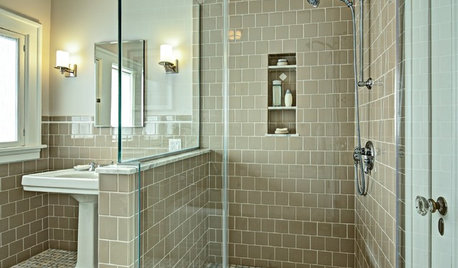
TILE10 Reasons to Consider 4-by-4-Inch Tile
Designers are embracing the once common but recently overlooked square tile in kitchens and bathrooms
Full Story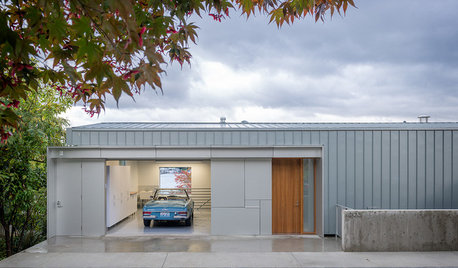
MOST POPULAR10 Reasons to Get Rid of More Clutter
From a calmer mind to a more workable closet, the benefits of streamlining are just a few trash bags away
Full Story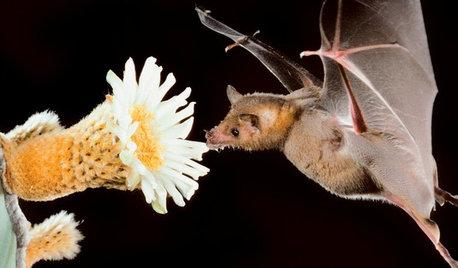
GARDENING GUIDESThe Truth About Bats: 3 Reasons to Love Them
It’s Halloween — time for spiders, black cats and bats. Here’s why we should appreciate, not fear, the nocturnal winged mammals
Full Story
WINTER GARDENING6 Reasons I’m Not Looking Forward to Spring
Not kicking up your heels anticipating rushes of spring color and garden catalogs? You’re not alone
Full StorySponsored
Most Skilled Home Improvement Specialists in Franklin County
More Discussions






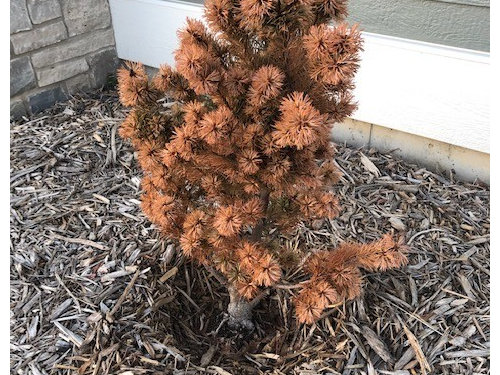




David Olszyk, President, American Conifer Society